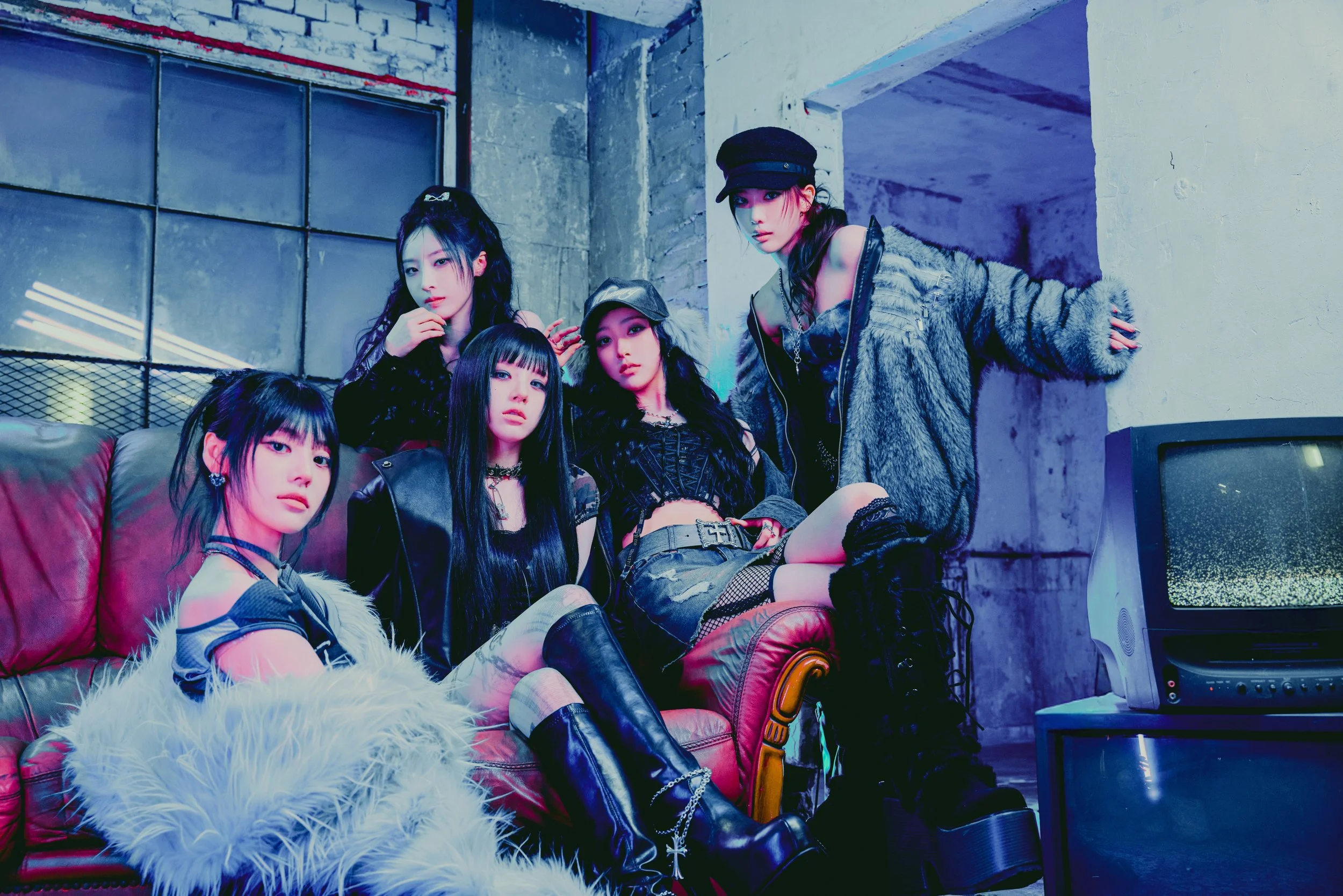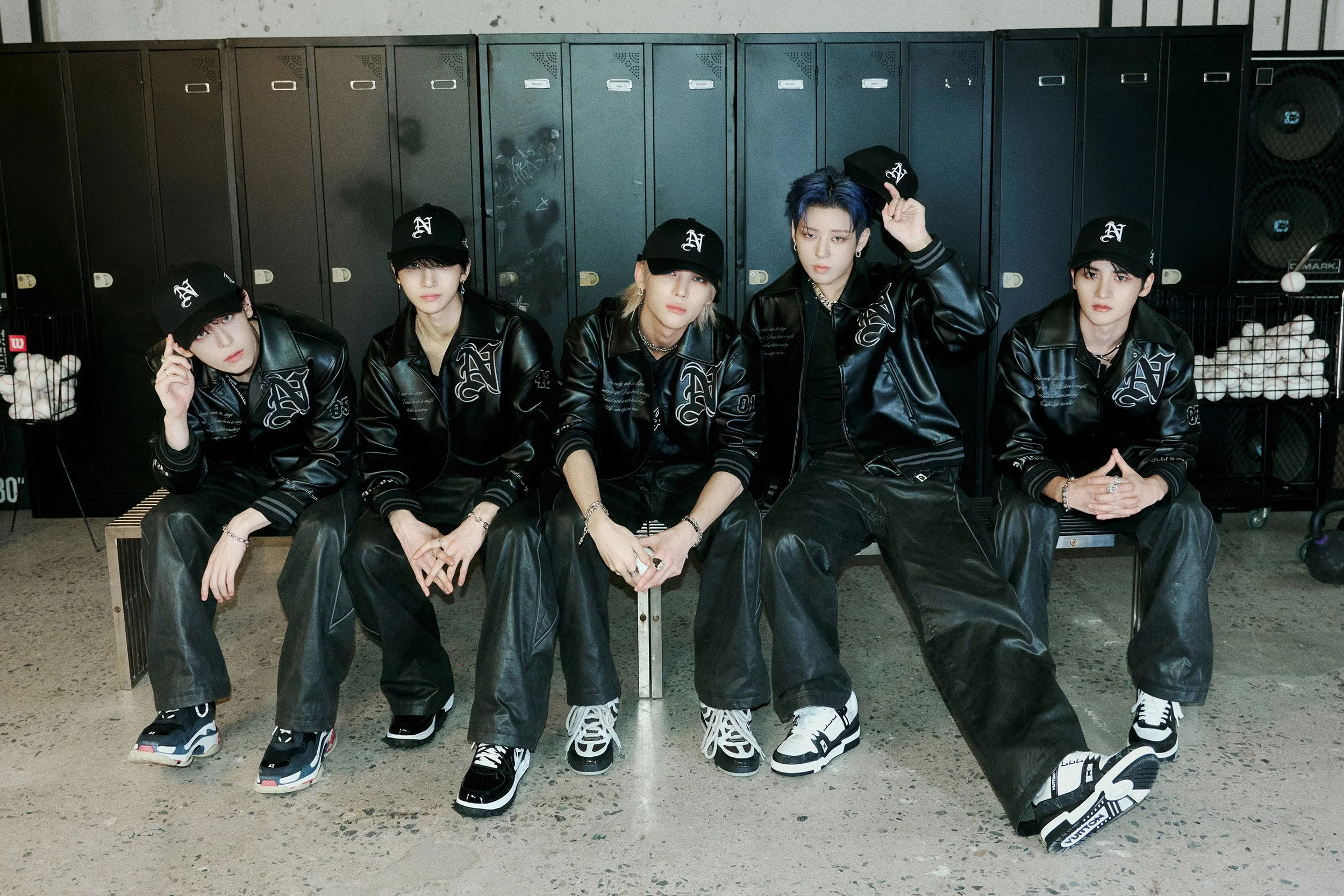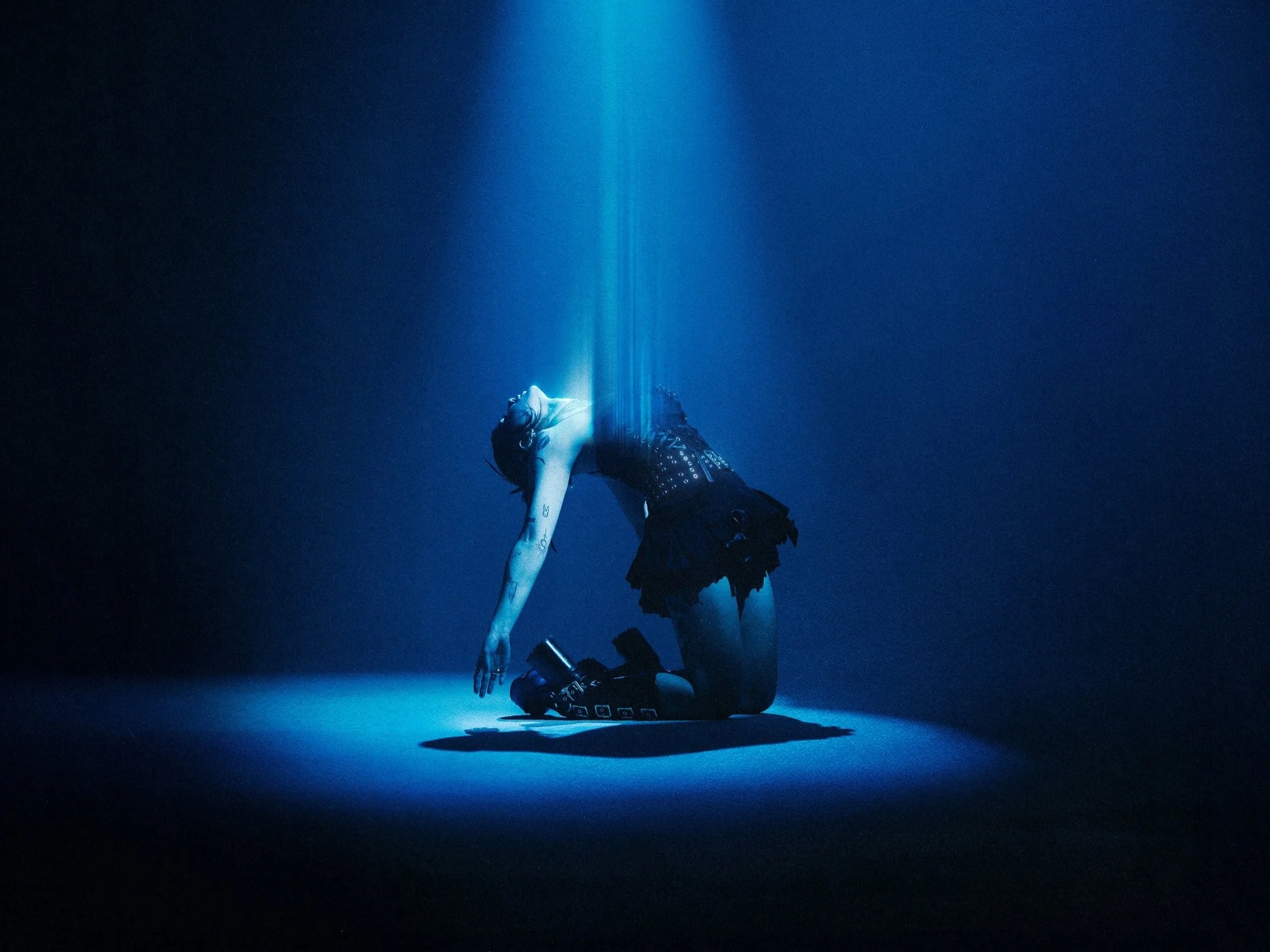Kid Bloom Talks "Feels Like Forever," His Upcoming Third Studio Album, and More
Kid Bloom has never been interested in following a set path. In fact, the Los Angeles–based artist—born Lennon Kloser—has spent the past decade carving out a sound that thrives on unpredictability, pulling from different eras and genres yet always reshaping them into something celebratory and unique. His songs weave together the polish of ’70s and ’80s pop, the hazy pull of psych-rock, hip-hop rhythms, and sleek electronic textures, anchored by lyrics that cut with honesty and intimacy. It’s a blend that has drawn comparisons to David Bowie, Prince, Tame Impala, and even The Weeknd, though Bloom’s work never feels like imitation—it’s a reflection of his own restless vision.
Since debuting in 2015, Bloom has continued to evolve with each passing release. His 2019 Lemonhead EP drew widespread attention and millions of streams, followed by the confessional Blood Sugar EP in 2020 and his full-length debut Highway in 2022. Alongside his own project, he’s built an impressive résumé as a producer, contributing to music from Maroon 5, H.E.R., and Jesse Rutherford, further proving his versatility behind the boards as well as on stage.
In 2024, he unveiled Inner Light Part 1, a collection of cosmic-leaning pop tracks that highlighted his ear for melody and groove. The EP fueled his biggest North American tour yet, including a sold-out release show at Los Angeles’ El Rey Theatre and stops at festivals like Wonderfront and Shaky Knees. Now, Bloom is stepping into his next chapter with “Feels Like Forever,” a yacht-rock-tinged single featuring Toto’s David Paich on keys. With its shimmering synths and sun-drenched production, the track captures the disorienting haze of disconnection and burnout—a glimpse into Bloom’s forthcoming third studio album, set for early 2026, and a sign of just how expansive his vision has become.
Your music draws from so many different eras and styles—’70s/’80s pop, psych-rock, hip-hop, electronic textures. When you’re in the studio, what’s the common thread you always return to that makes a song feel like “Kid Bloom”?
Kid Bloom: You know, for me, it always comes back to the feel—whether I’m pulling from the 70s, 80s, or something modern, it’s about chasing that bittersweet rush of nostalgia mixed with something fresh. If the groove makes you move without thinking and the lyric feels like something I’d actually say, then it lands in the Kid Bloom world.
Because your influences span so many different sounds and styles, are there any unexpected artists—or even non-musical influences—that have shaped the way you write or perform?
Kid Bloom: Totally—I pull just as much from film, design, and conversations with friends as I do from records. Sometimes a scene in a movie or the way a color feels will spark a melody or lyric. And as far as artists, it’s often the unexpected ones—like a jazz player or a pop act you wouldn’t guess—that push me to approach songs differently. Those left-field influences keep the music from feeling boxed in.
How has growing up between two cultures—Austrian and American—influenced your perspective, whether in your songwriting or the way you approach creativity as a whole?
Kid Bloom: I think it gave me this built-in dual lens—like I’m always seeing things from two angles at once. Austria gave me a sense of tradition, melody, and a kind of romanticism, while America brought this openness and willingness to experiment. In my songwriting, that mix shows up as nostalgia meeting modern edge, and creatively it keeps me curious, never stuck in one way of doing things.
From Lemonhead to Highway to your latest Inner Light EP, your catalog feels like a steady evolution. What’s the biggest shift you’ve noticed in your sound or mindset from when you first started to now?
Kid Bloom: The biggest shift has been trusting myself more—early on, I was figuring out how to even make the songs I heard in my head, and now it’s less about proving something and more about letting the music breathe. I’ve leaned into vulnerability, into making things that feel honest instead of perfect, and I think that’s what’s pushed the sound forward with each project.
You’ve also worked behind the scenes with huge names like Maroon 5, H.E.R., and Jesse Rutherford. How does the process of producing for others compare to creating your own music? Do you find one feeds the other?
Kid Bloom: Yeah, producing for other artists is almost like stepping into a different character—you’re there to amplify their story, their vibe, not yours. It teaches you to listen deeply and adapt, which ends up sharpening how I approach my own music. Then when I come back to my stuff, I’ve got new tools, new perspectives, and sometimes even ideas I wouldn’t have found on my own. So yeah, they definitely feed each other.
When you’re planning a live set, what’s most important to you—energy, storytelling, intimacy?
Kid Bloom: For me, it’s all about balance—I want the set to feel like a journey where the energy lifts you up, but there are also moments of intimacy where everything drops down and it’s just raw. Storytelling ties it together, but the goal is for people to walk out feeling like they lived inside my world of music.
With Inner Light Part 1 out, what’s next for you? Should fans expect a Part 2—or are you already chasing an entirely different direction?
Kid Bloom: I’d say Inner Light Pt. 1 was a glimpse into something, but where I’m headed next feels like a whole different landscape. It’s not about a part two—it’s more like opening a new door. I don’t want to say too much yet, but the next project is bigger, stranger, and closer to the core of where I’m at right now.








